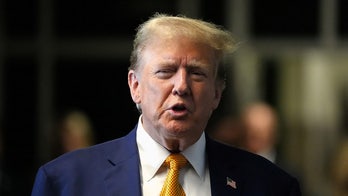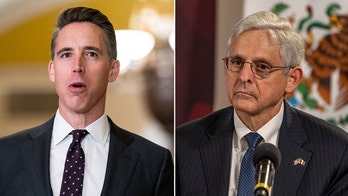The head of the National Intelligence Council, Thomas Fingar, has revealed a preview of a long-awaited government report which describes the world in 2025 and the role of the United States.
The timing is no accident. The document was prepared and finished so that the new administration can consider the "long-term picture" and measure their policy decisions against it.
Some of the headlines, which will officially be released Thursday with the report, "Global Trends 2025," are striking.
Among them:
-Terrorism will have less appeal, will be less relevant and less of a problem. However, those to whom the message appeals, will be more dedicated and more dangerous. The threats will diminish, as will the number of attacks. However, the attacks that do occur will be more lethal because of the availability of bioterrorism agents.
-The world population will grow by about 1.4 billion, and only 3 percent of that will be in the United States, Europe and the developed world. This will lead to a "youth bulge," particularly in the Middle East, which will be the center of an "arc of instability." Conflict is more likely because this younger demographic is more likely to challenge authority.
-Institutions such as the International Monetary Fund, the World Bank and the U.N. will be seen as less capable of managing major problems in part because they were designed for a different time and place. They will be seen as too vested in the status quo.
-Effects of climate change will be clearly apparent by 2025, and in many respects, the dye has been cast. Steps taken now will not be overly effective in reversing the course.
-Dependence on oil and gas will grow as the major economies of China, Brazil and India dominate. With high demand, prices for fuel will be high, and a lot of money will flow to those countries producing it -- empowering them greatly.




